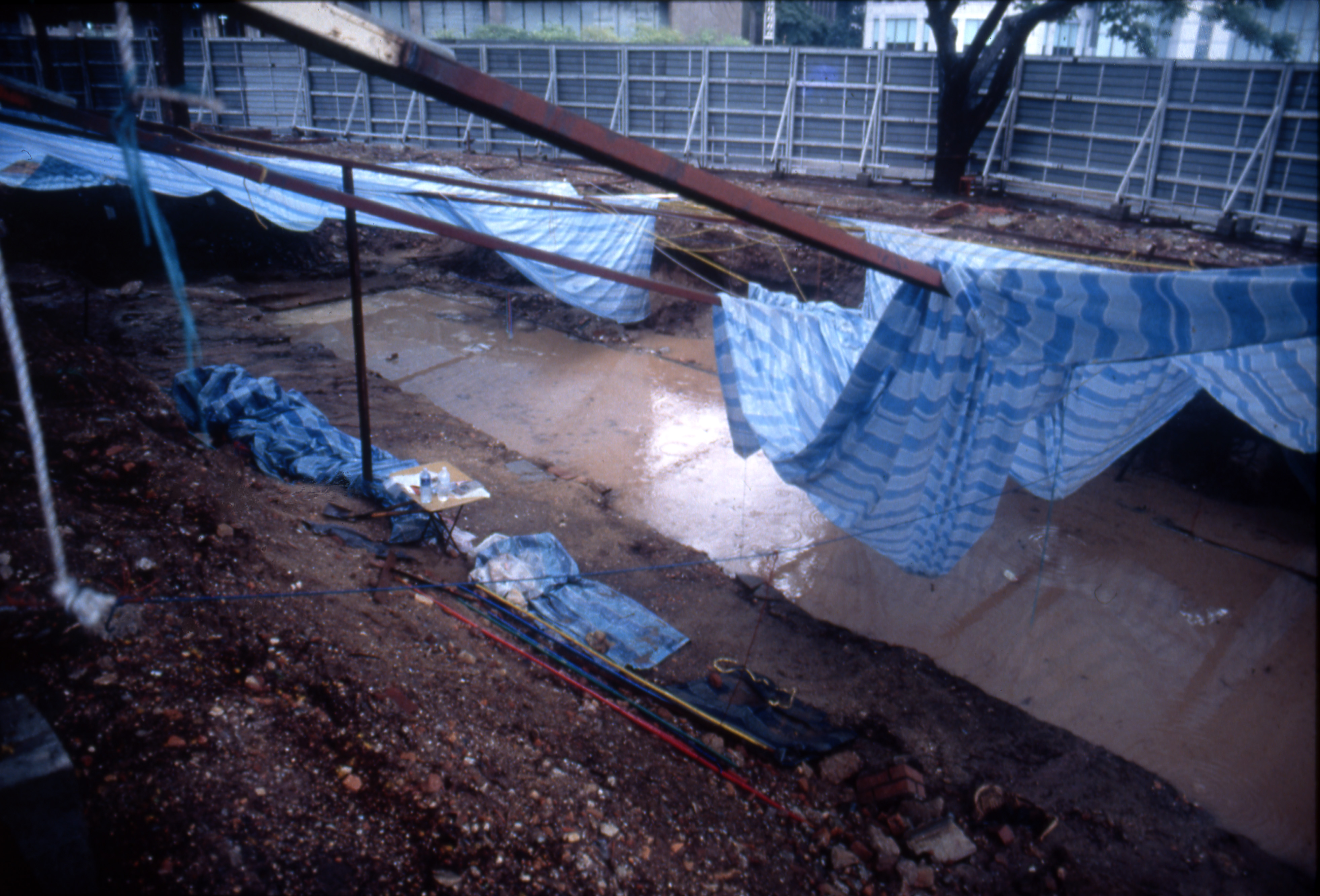Permission was given for a team led by John Miksic to conduct a systematic excavation during the period when the Empress Place Building was being remodelled. The project began in January 1998, during the rainy season when no construction activity was possible. In preparation for the remodelling and expansion of the building, a large mechanical excavator dug a hole which revealed a layer of black sand similar to that which yielded 14th-century CE remains at PHC. The excavation also revealed the underground brick structure which had formerly held colonial Singapore’s treasury. Unfortunately the depth of the excavation and the loose nature of the soil made it impossible to investigate this layer. It is however clear that the Empress Place site extended from the river up to the level of the Padang north of the river.
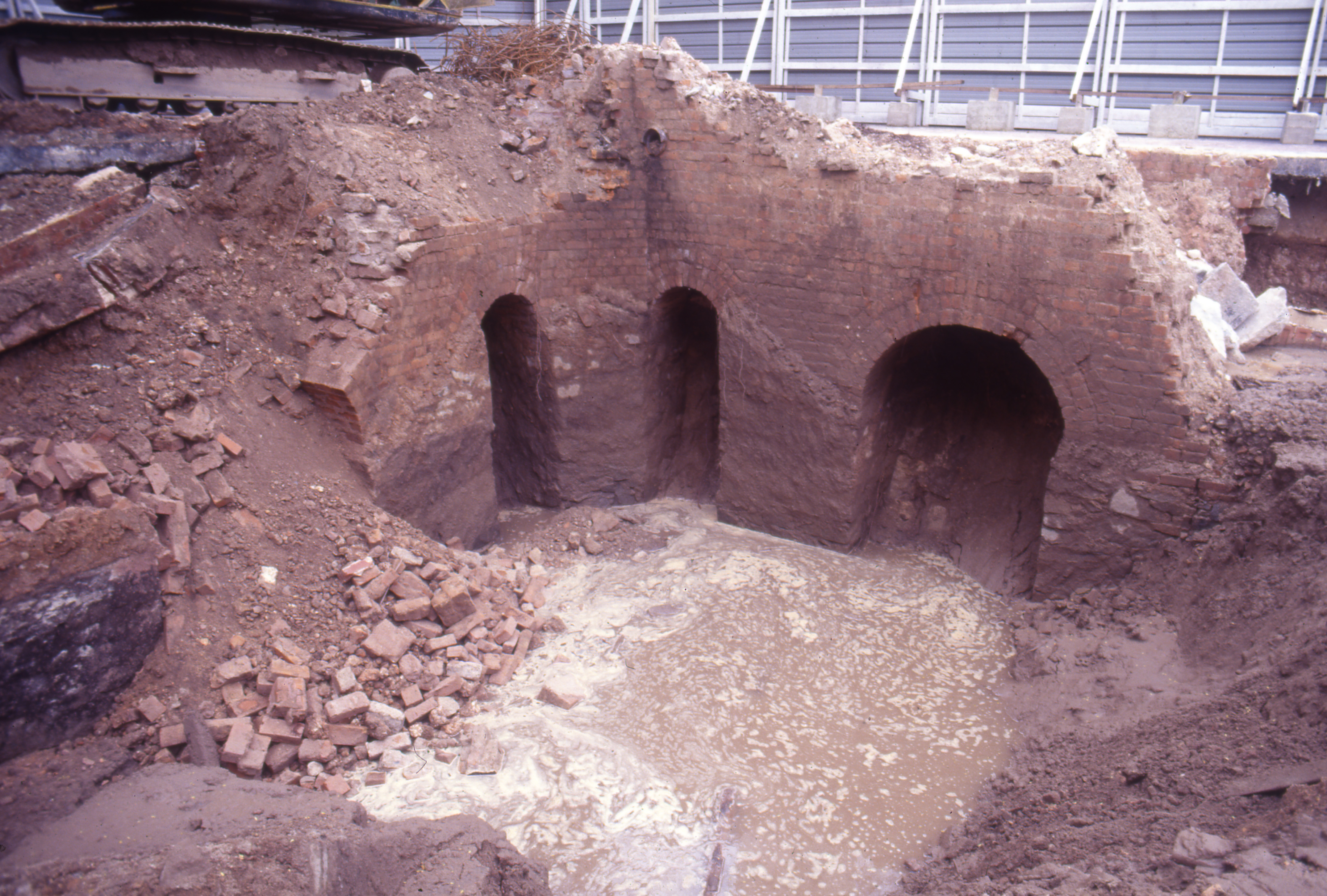
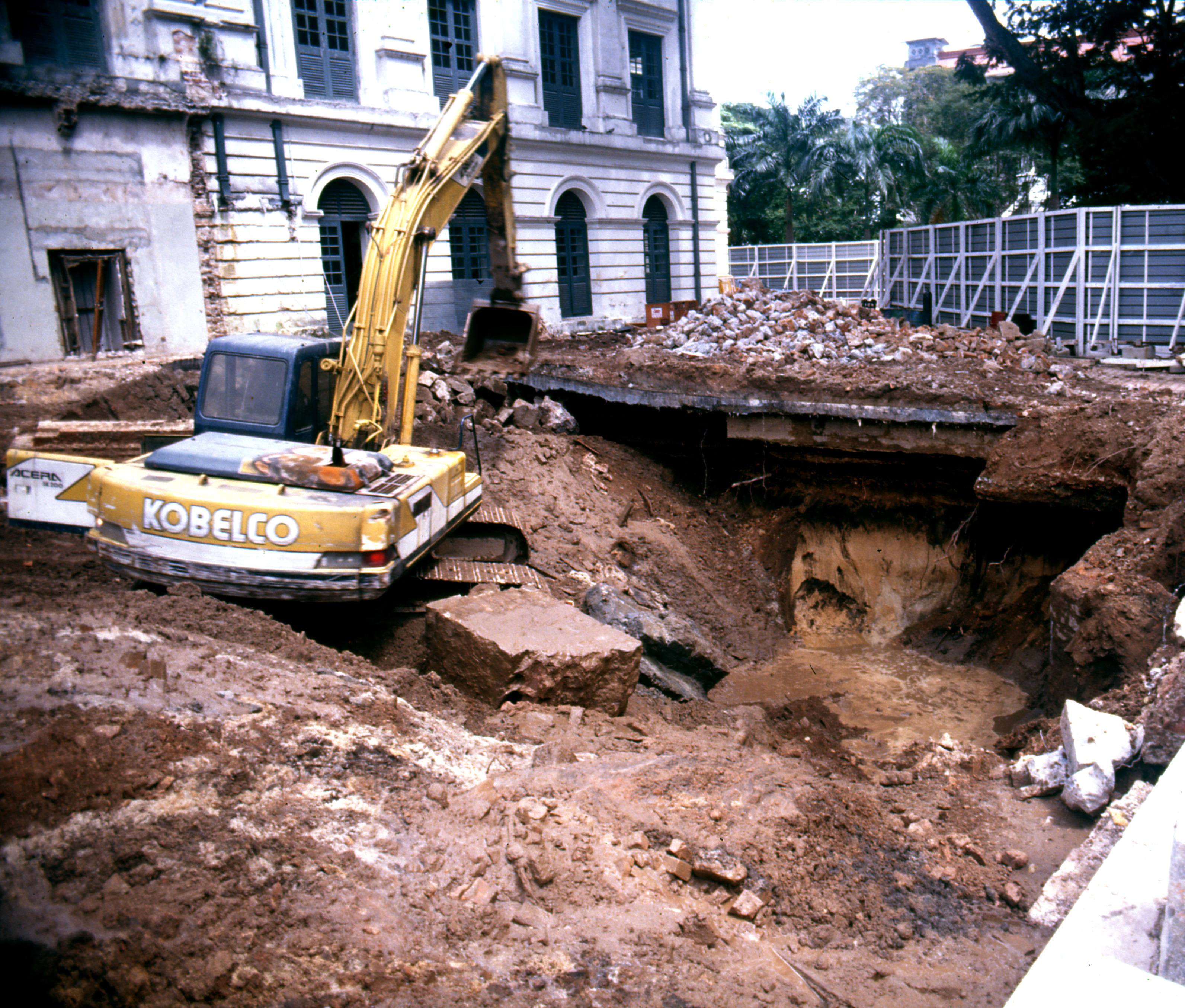
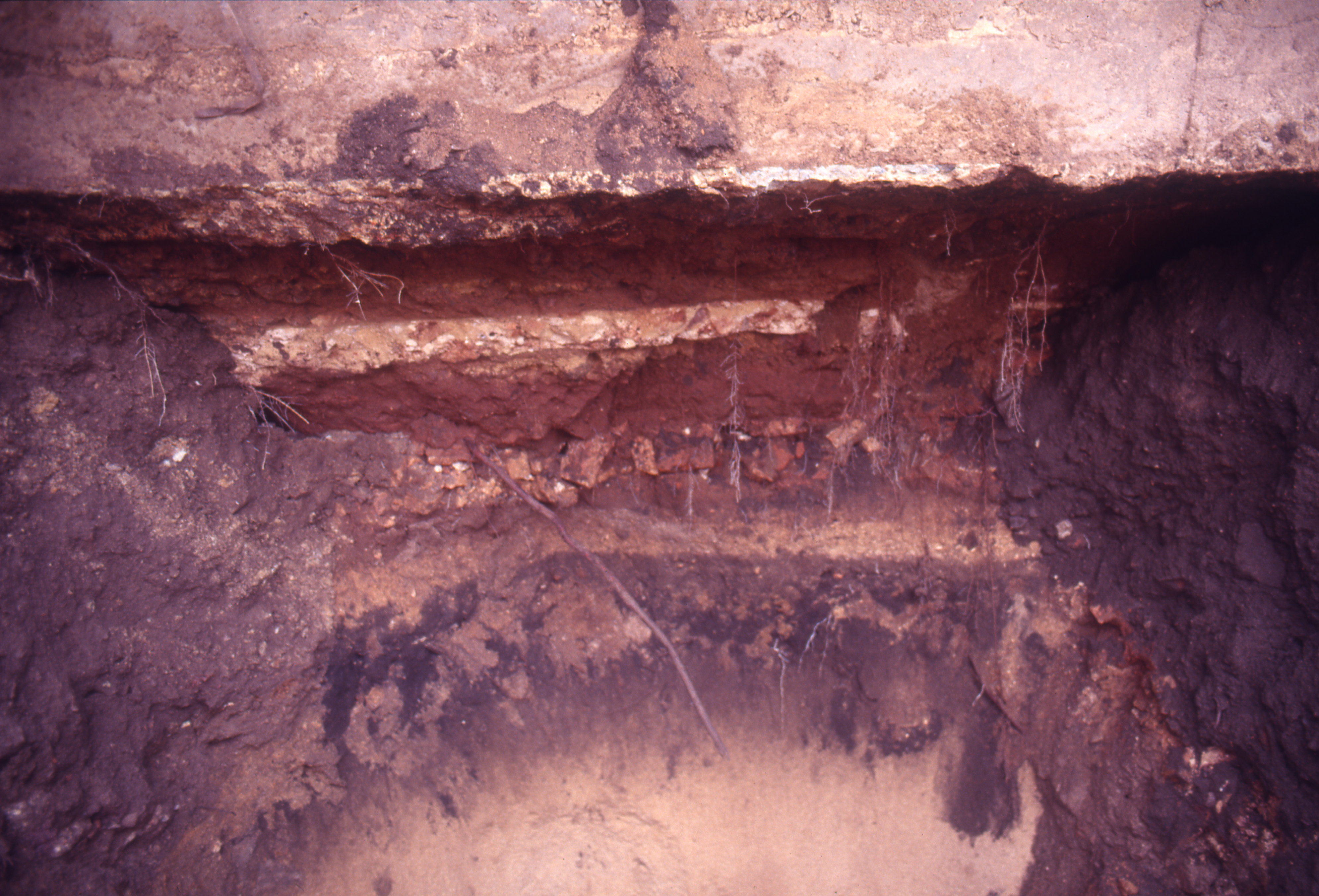
It was however possible to excavate a test pit in the same general area, further north of the treasury structure. The test pit was dug by two of Dr. Miksic’s postgraduate students, Kyle Latinis (who later earned a Ph.D. from the Southeast Asian Studies Programme (later Department of Southeast Asian Studies, NUS, which Dr. Miksic helped to form), and Omar Chen (who earned an MA from the same programme). This test pit did discover a 14th-century stratum, but at a depth of 2 meters, which made it impractical to expand the excavation over a large area. The area lay beneath a layer of concrete.
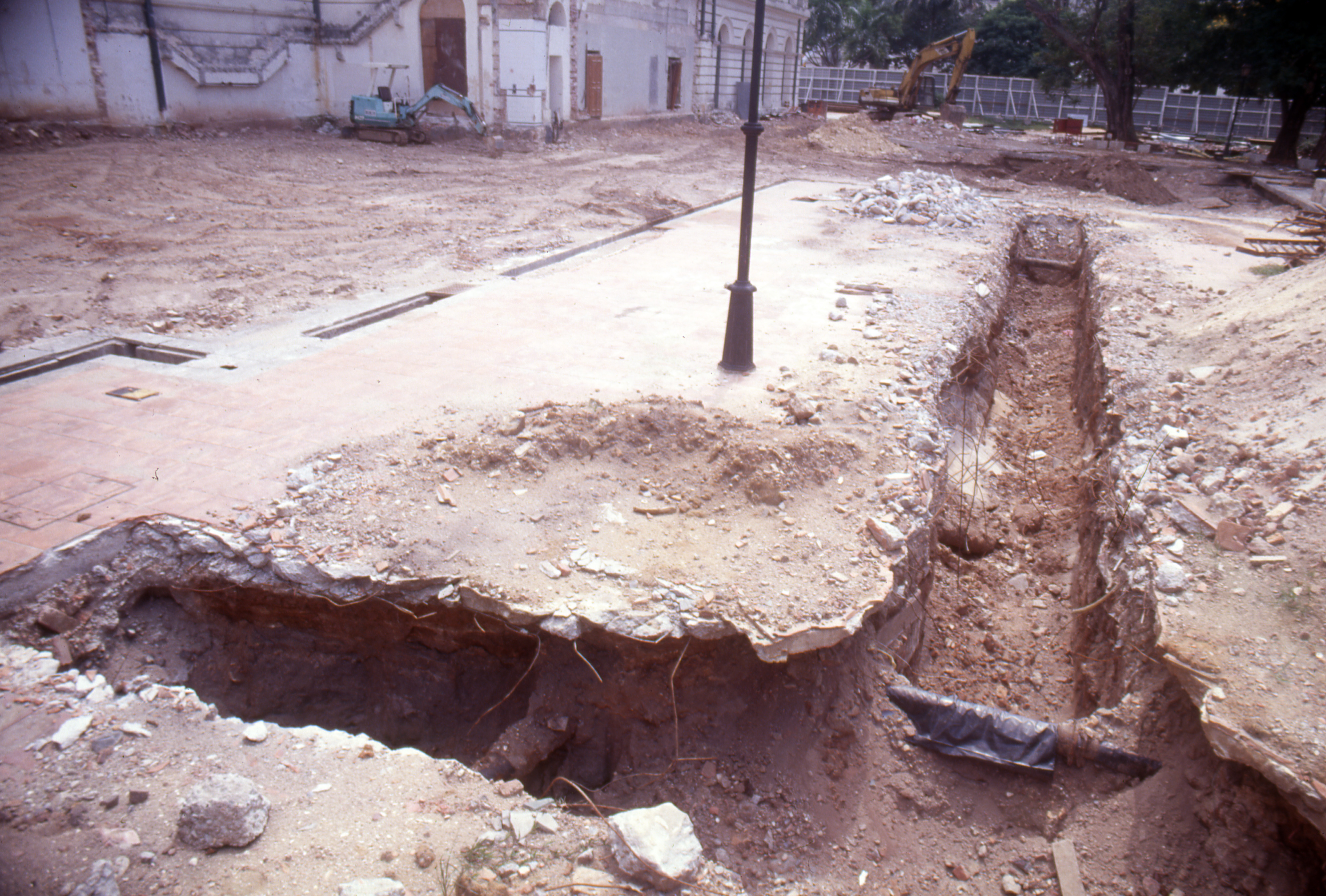
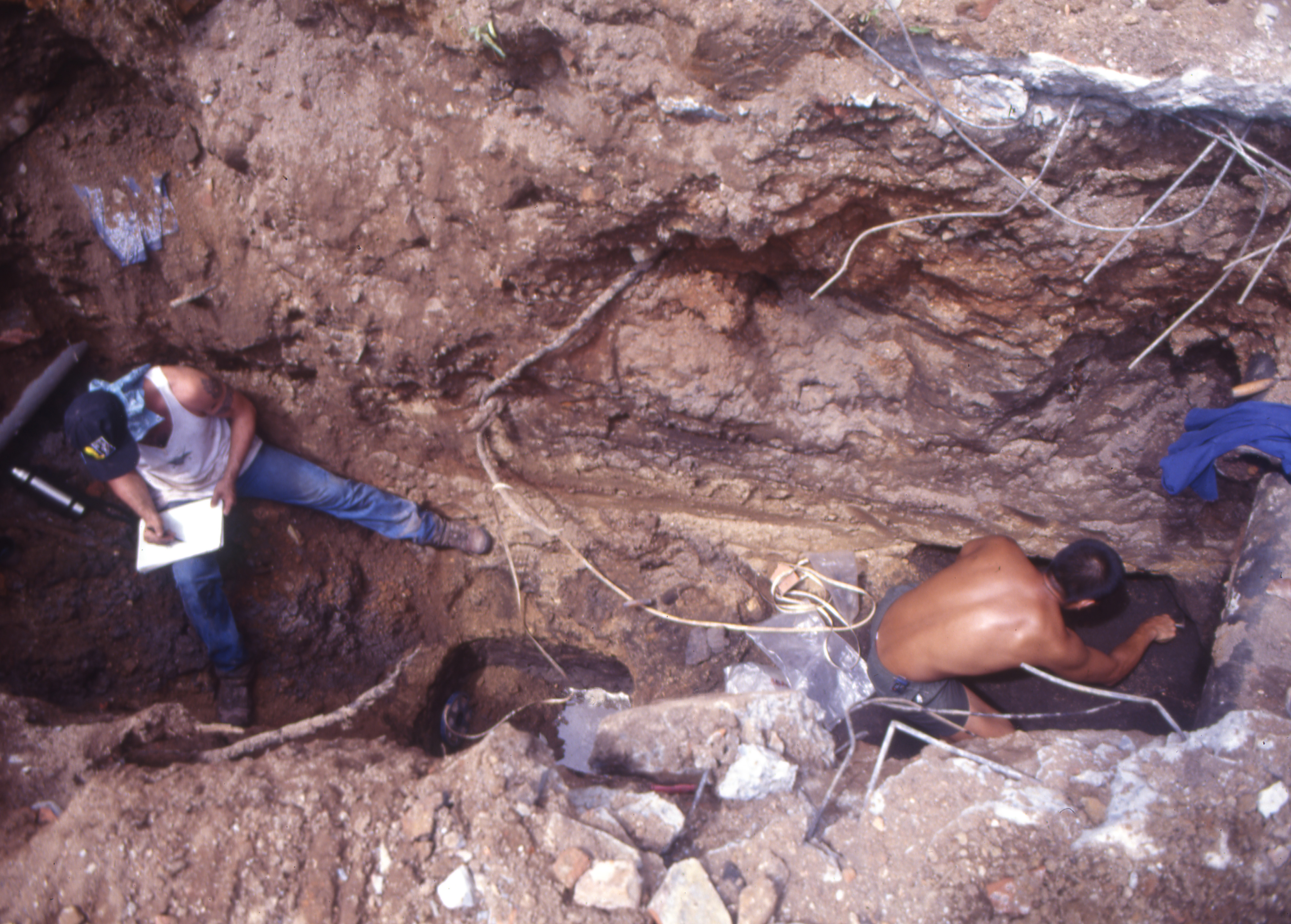
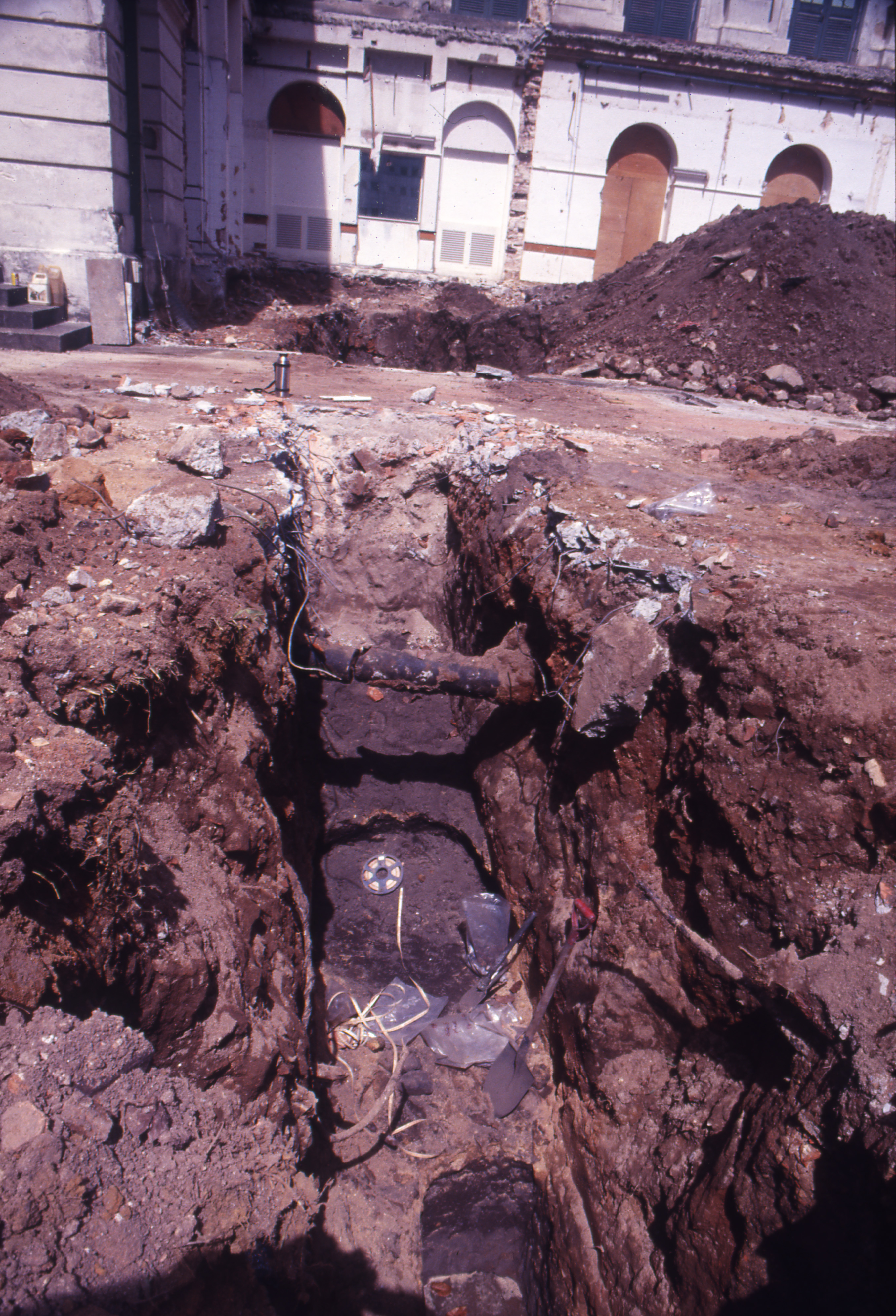
In April 1998 it became possible to investigate another part of the ground nearer to the river. A large backhoe revealed an extensive area close to the river, which had the added advantage that no modern construction or thick concrete layer hindered the exposure of a large area. It was decided to undertake a major excavation.
A large group of volunteers was mobilized, including the general public, parents and children, staff from the National Heritage Board, and university students. For six weeks work continued smoothly. Then what had been an El Niño dry period reversed and became a La Niña pattern accompanied by heavy rain. This necessitated the use of a pump, and made it impossible for large numbers of volunteers to work, since the edges of the pit were subject to erosion and possible dangerous collapse. Work was also difficult at times of high tide; the bottom of the excavation was below the high tide level, so that as the tide rose so did the water level in the trench.
Work by a small team under Dr. Miksic however continued for another month before the project had to be shut down due to construction. Due to the frequent occurrence of flooding, a large area of the precolonial layer exposed by the mechanical excavator had to be filled in before it could be excavated. It is possible to reopen that area and conduct another excavation there in the future.
The artifact-bearing layer varied in thickness between 10 and 30 cm.
